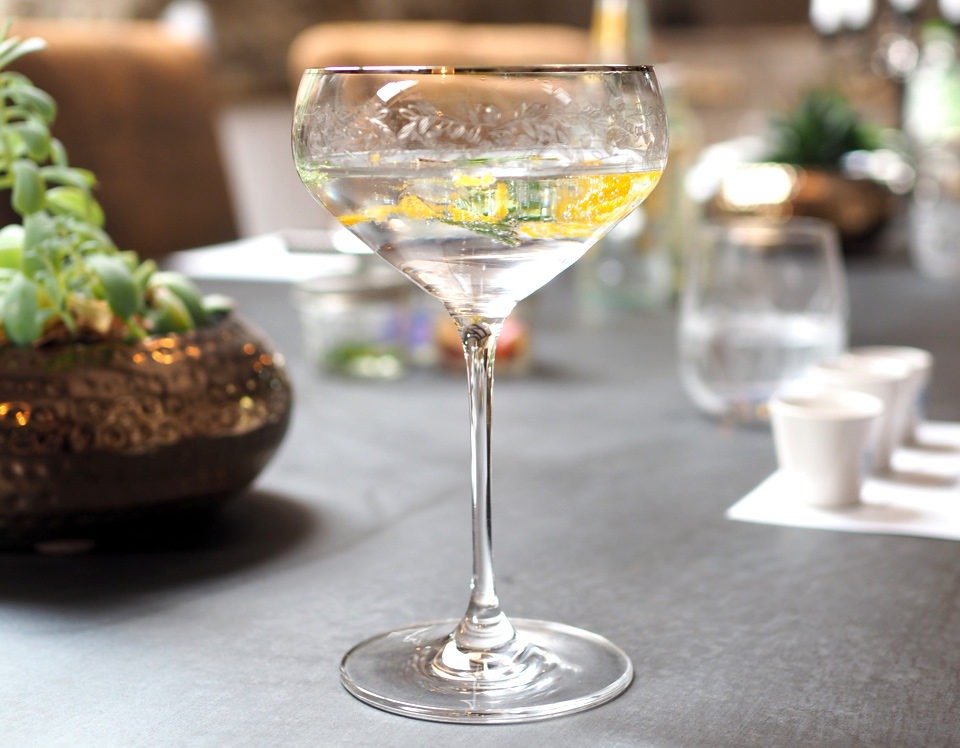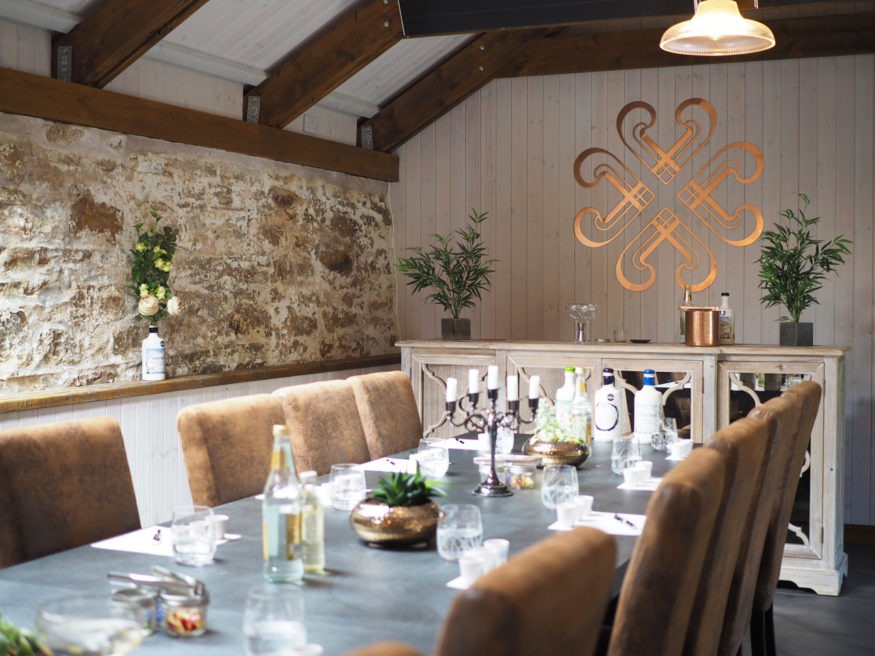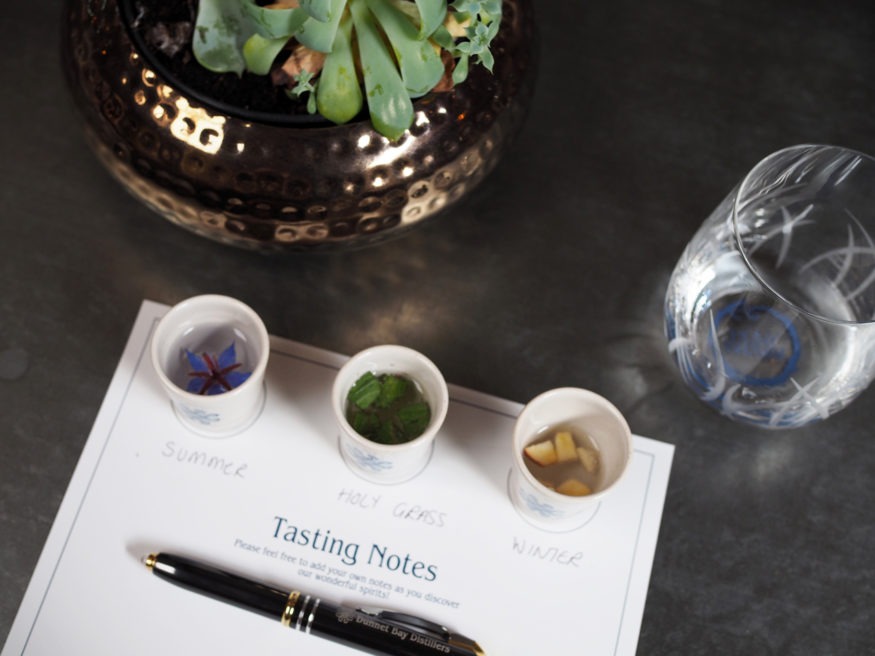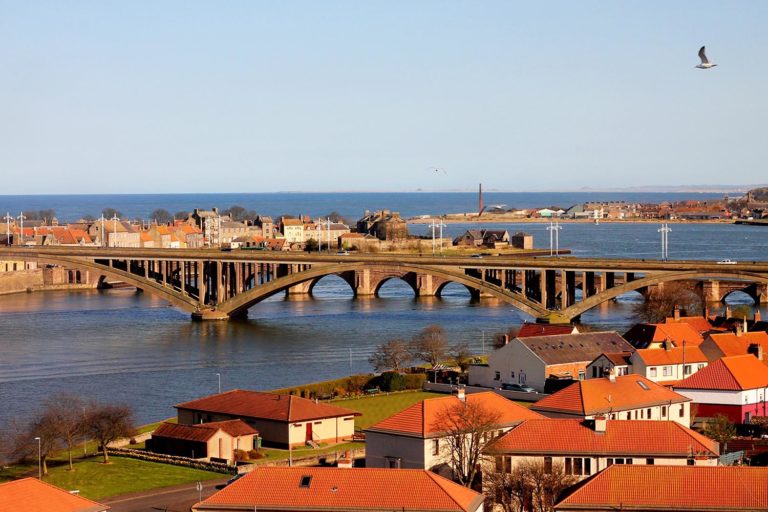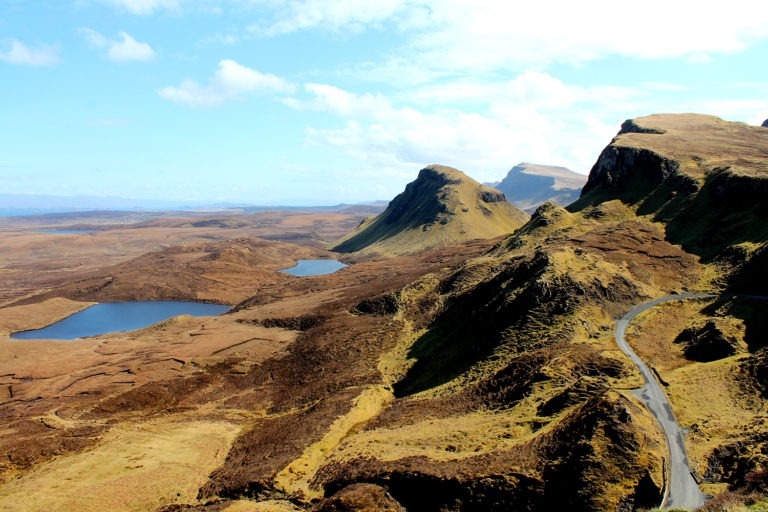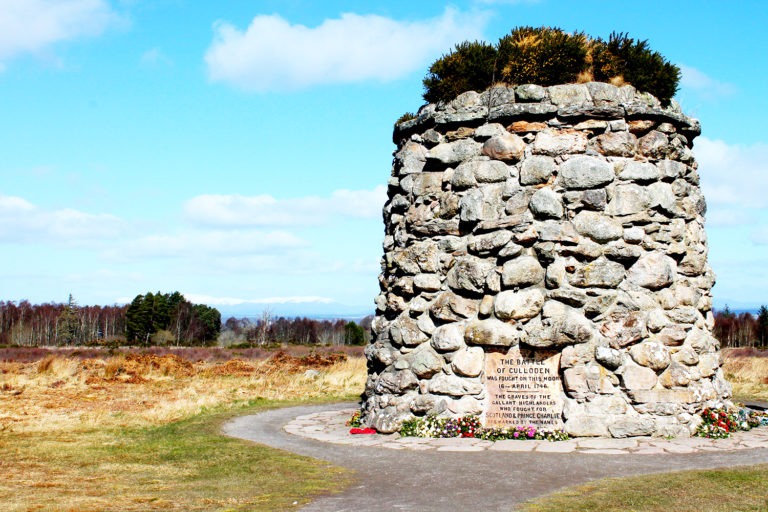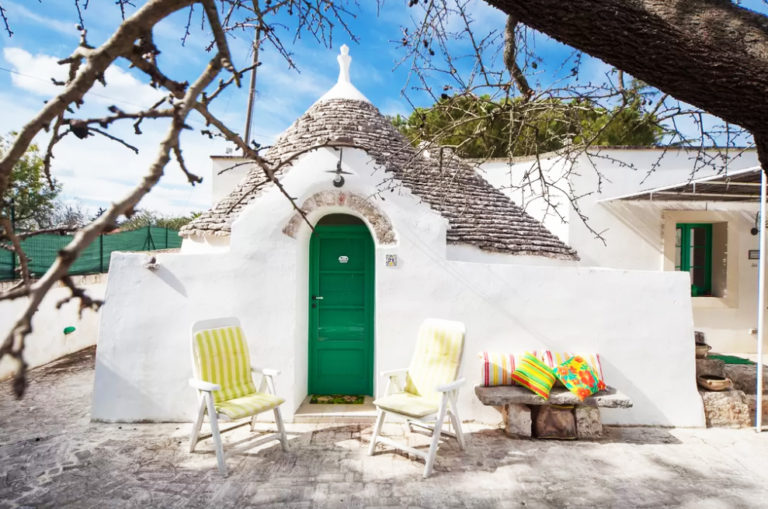Driving Scotland’s Gin Trail – How, Where & When To Do It
My first brush with gin first serendipitously occurred a few years ago in a pub in Notting Hill, London, on a sun-drenched Sunday afternoon.
After stating to Paul, the bartender, that I was uninterested in ales and frankly over cider, I nonetheless felt dubious when he suggested a gin & tonic. Sensing my disappointment, he specified right away that this wasn’t my grandmother’s astringent gin but rather a delectable concoction of Scottish botanicals: a trailblazing spirit named Hendrick’s.
And while my recollection of that evening is slightly clouded by my, ahem, journalistic appetite for exhaustivity (read: deliriously taste every gin on the menu), I distinctly remember the epiphany of knowing my life would never be the same going forwards.
I’m sorry I ever doubted you, Paul.
Cue to 2018; I have since then become what you might describe something of a gin enthusiast. I frequent Montreal’s gin bars on an almost weekly basis, I purchased a gigantic sideboard for the sole purpose of braggingly showcasing my growing gin collection, I event went as far as private imports… it only made sense that I would embark on an epic two-week trip to the heartland.
Here’s everything you need to plan a gintastic (I apologise in advance as there are plenty of cringey gin-related puns ahead) trip around Scotland and beyond.
What Is the Scotland Gin Trail?
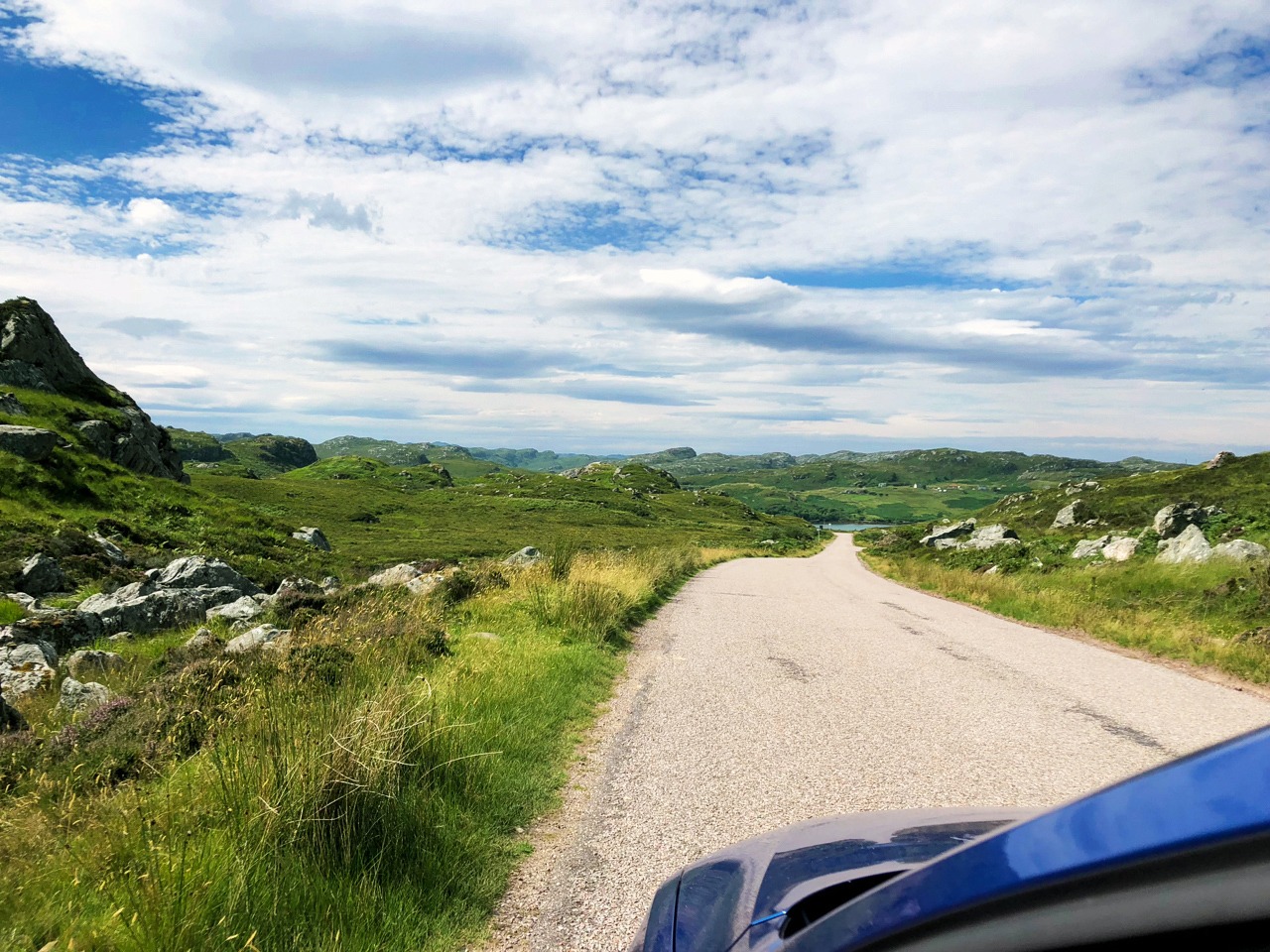
Essentially the clear spirits’ answer to the ever-so-popular whiskey, the Scotland Gin Trail is a cheeky tourist route crafted by Visit Scotland harnessing the diversity and creativity of passionate entrepreneurs across the country.
There are now over 70+ gin distilleries in Scotland – with even more being built – each with its own distinctive flavours and character.
Gin’s dominant aromas of juniper are no longer estranged to dark chocolate, rosehip, honeysuckle, fir, white peppercorn, lemon, rhubarb, camomille, seaweed… in fact, the whopping amount of potential combinations is further multiplied by the variety of tonics and garnishes on offer in any given bar.
Encompassing both mass producers as well as emerging craft distillers, the ambitious itinerary criss-crosses all of Scotland, from Dumfries to the tip-top of the Highlands, and teaches visitors the evolution of gin and how it became part of Britain’s fabric.
My Favourite Gin Distillery in Scotland: Dunnet Bay Distillers

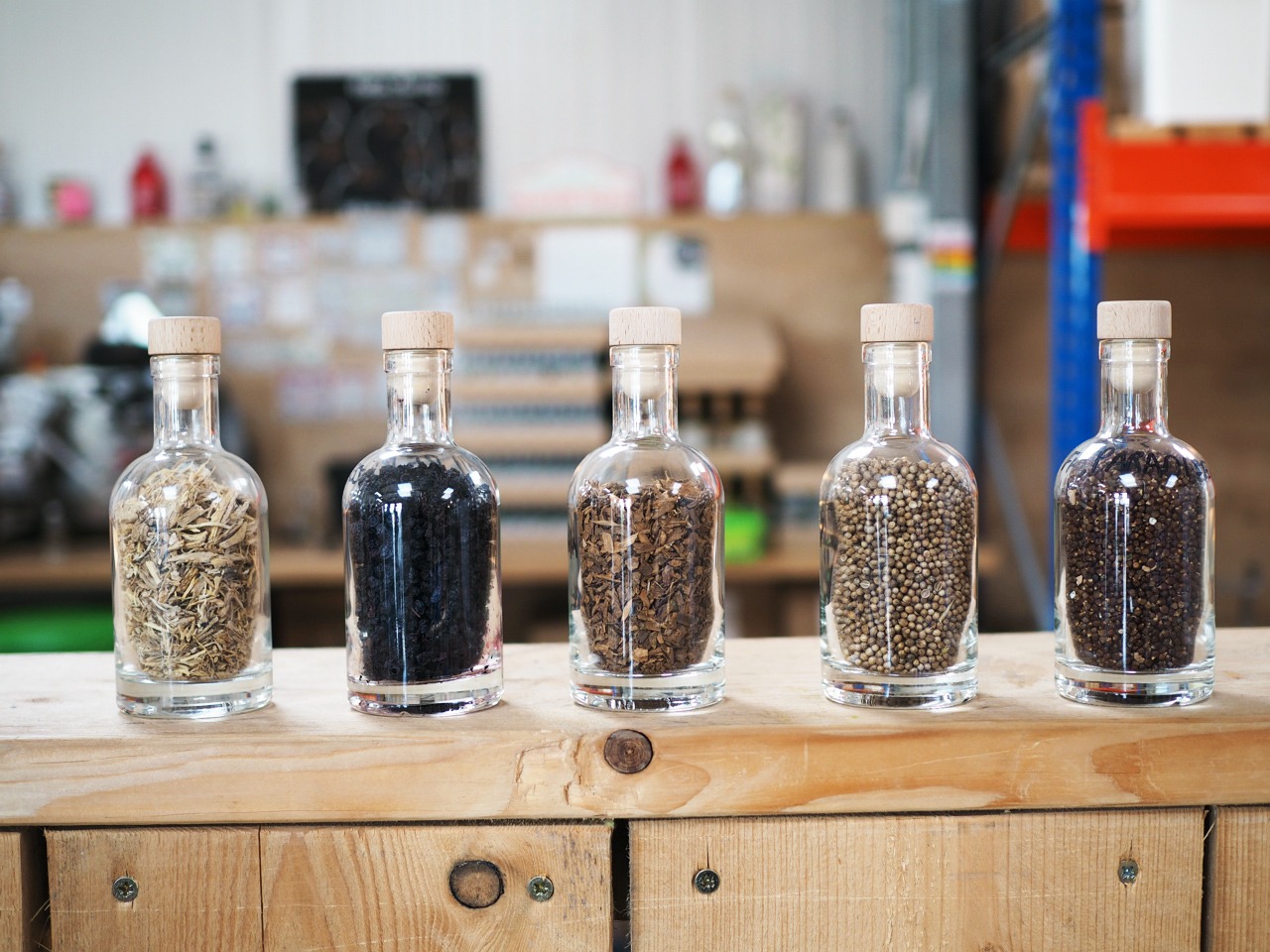
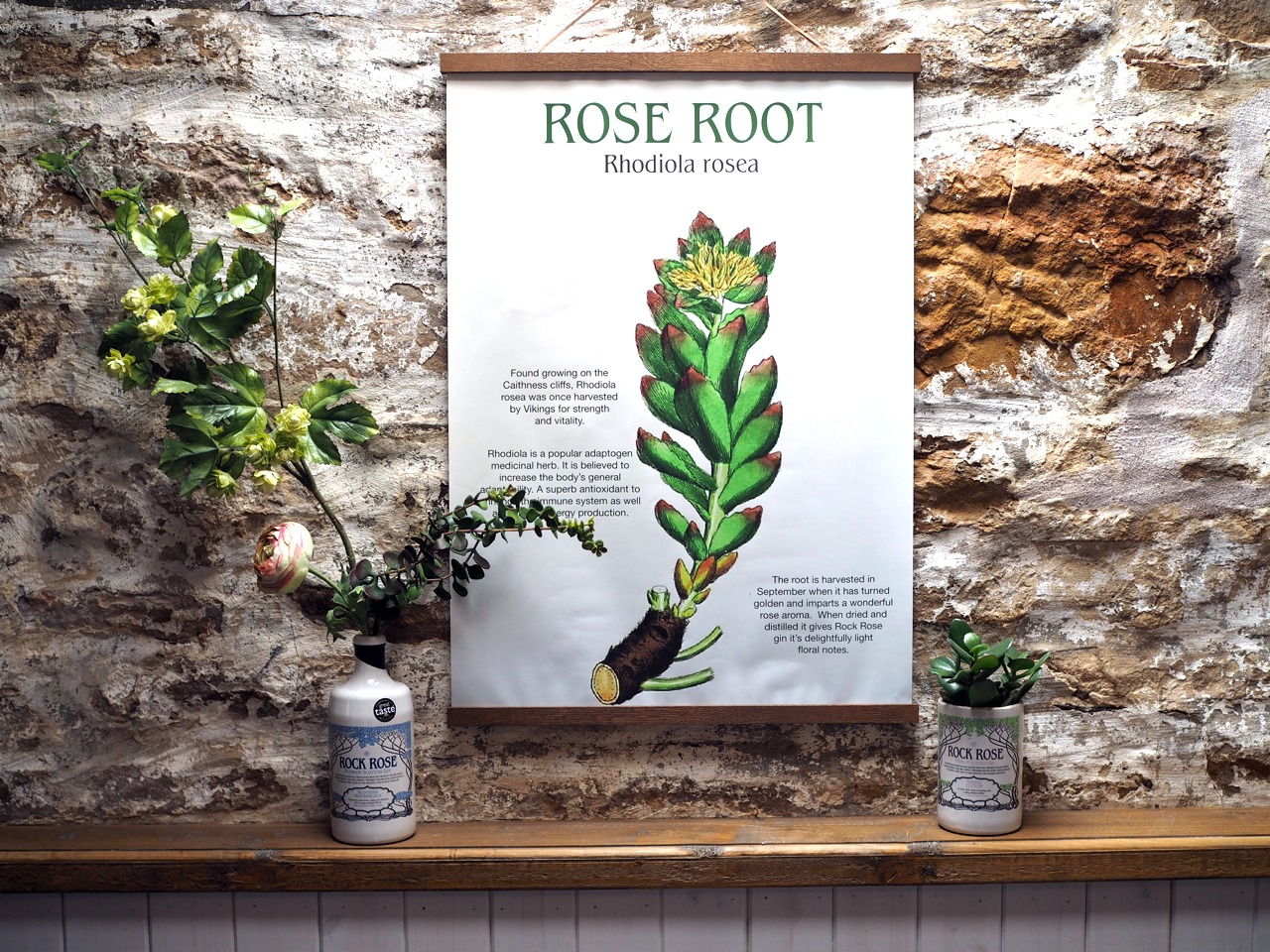
By far the most gintertaining (oops, I did it again) stop visit on my itinerary, Dunnet Bay Distillers is an experience in its own right.
Getting there is remarkable enough to begin with; the wee distillery is set in the distance of the beachy coast of mainland Scotland’s most northerly county, Caithness, famous for its relentless winds and its barren landscapes.
As opposed to blatantly commercial distilleries, the lovely pair formed by Martin and Claire Murray is driven by the authenticity of a common goal: crafting a proudly Scottish gin rooted in local traditions.
As a result, their hands-on operation – modest in size but not in ambition – yields one of the most delicate gins I’ve ever came across, Rock Rose Gin. For the record, I’m not one to fan over just any kind of gin; as an immensely proud collector of 15+ bottles at home, this girl has developed a rather discerning palate over the years. I recognise an excellent gin when I taste one; so much so that I left with two bottles!
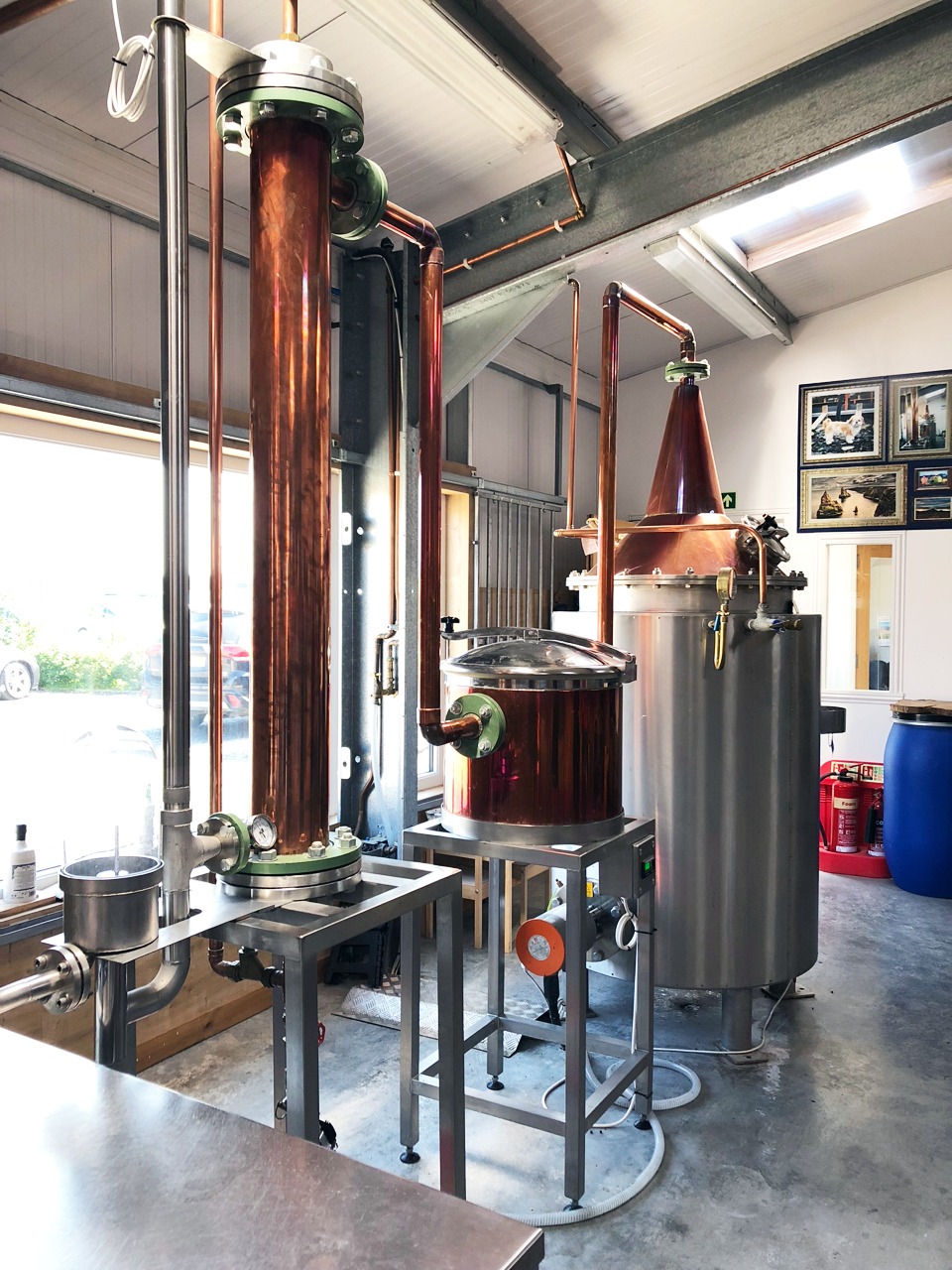
Rock Rose Gin is derived from the latin Rhodiola rosea, a Nordic plant colloquially known as rose root, endemic to Caithness’ breezy climate and only second to juniper berries in Martin’s recipe. Rumour has it that over a thousand years ago, Vikings would harvest Rhodiola rosea on Northern Scotland’s coast as they believed it generated the vigour they desperately needed to pursue their lengthy, laborious voyages.
Astutely detecting my keen interest in all things gin, Martin showed me around his lush garden, proudly pointing at imported shrubs, rubbing and smelling perfumed herbs, and openly conversing about the challenges of exporting to Canada – all while keeping a watchful eye on the ongoing distilling, which needed to be checked every half hour or so. The brief yet informative small-group tour – the entire production relies on just one rather aptly named copper pot still, Elizabeth – is actually led by Laura and her deadpan sense of humour, which becomes downright hilarious once the much-awaited tasting begins.
Or perhaps it was the gin talking, after two generous servings of G&T?
The tasting part of the tour accentuates the subtlety of craft gin, helping novice and experts alike to identify flavours uniquely present in each bottle.
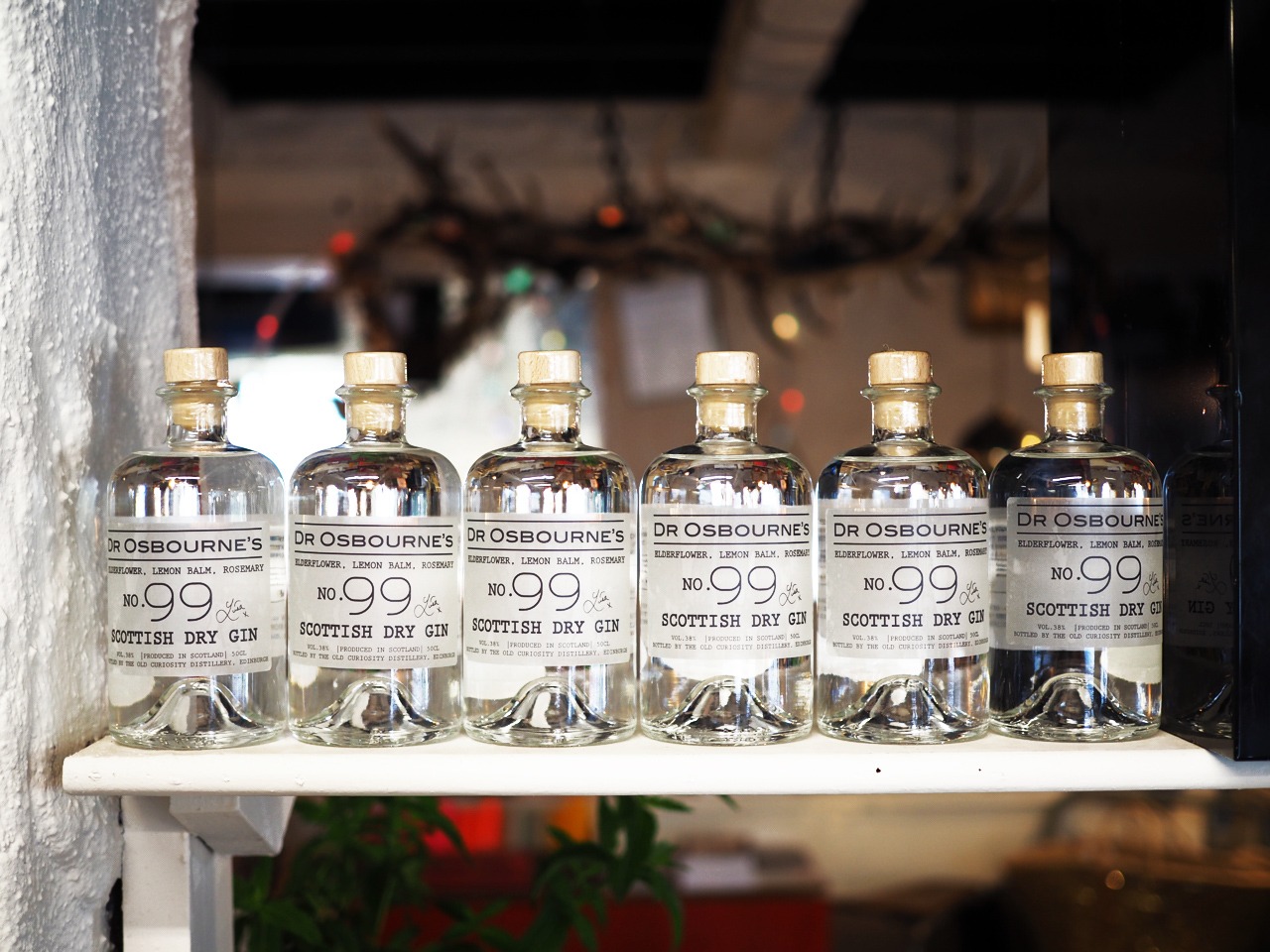
And Some Of My Favourite Scottish Gins
Harris Distillery (Isle of Harris gin): this award-winning gin has botanicals hand-harvested by a local diver from the deep underwater forests of the Scottish Outer Hebrides.
Eden Mill: a classic London-style dry gin made from one of Fifes’s indigenous berries with a hint of citrus for a fresh finish.
Badachro Distillery: one of the best small-batch, artisan gins in Scotland infused with dozens of hand-picked botanicals from the woodlands and shores of Gairloch.
Balmenach Distillery (Caorunn gin tours): this is one of the most famous Scottish gins in the world, for a reason. Enjoy the professionally-led visit!
Dornoch Distillery: a wee organic distillery led by the Thompson brothers in the quaint village of Dornoch. Their gin features light, subtle herbal notes.
The Old Curiosity Distillery (Dr Osborne’s 46 gin): masterfully created by the owners of my favourite hotel in the Highlands, this is an entirely natural and fine, fine gin.
Scotland Gin Trail
Good To Know
Don’t drink and drive!
That one goes without saying. Gin is a strong spirit regardless of where it was produced and Scottish police officers will not take kindly that you are a tourist actively participating in their economy if you are drunk driving. Scotland gin trail or not, just one drink could put you over the legal limit for driving.
Currently, Scotland’s drink drive limits are:
- 22 mcg of alcohol in 100 ml of breath (the ‘breath limit’)
- 50 mg of alcohol in 100ml of blood (the ‘blood limit’)
- 67 mg of alcohol in 100 ml of urine (the ‘urine limit’)
Don’t overdo it
Visit Scotland and the Scottish Gin Society each have a map of gin distilleries in Scotland. And while it would certainly be tempting to visit all 70 of them for the kick of it, I’ve come to find that a handful usually is more than enough.
Less is more, apparently; that adage also applies to gin.
It’s wiser to stick to a few significant distilleries rather than a meaningless, blurry tick-it-off-the-bucket-list succession.
Don’t just pop in the gift shop to buy a bottle; engage in a conversation with the master distiller, get to know him, hell, invite him for a dram (Scottish slang for drink), and chances are you’ll create some of the fondest memories of your entire trip.

Plan accordingly
Roadtrips in Scotland, especially tied in with the NC500 and the Scotland gin trail, require a fair bit of planning.
Firstly, it can be a struggle to find accommodation and food in summertime. Tourist season is a thing, even in the far north of Scotland; many restaurants, pubs, and hotels, even in the farthest of villages, had no availability whatsoever and were unable to take walk-ins. As much as it restricts day-to-day spontaneity, it would be wise to plan ahead – unless the notion of sleeping in your car somehow enchants you.

Secondly, some of Scotland’s most noteworthy sights are as beautiful as they are remote. Even in 2018, some of those areas are still off the grid, leaving unprepared travellers stranded.
How much gin can you fly home with?
Another reason why you shouldn’t go overboard with gin is that you simply may not be authorised to bring it all home – unless you are willing to pay a hefty, often ____, import tax.
Don’t spoil it all with bad tonic
On a final note, if you are going to the far ends of Scotland to procure handcrafted gin for your collection, for the love of all that is holy do not spoil this heavenly-sent nectar with cheap tonic.
I may never speak to you again if you do ;)

